How To Choose A Women's Putter
Our women’s equipment expert Carly Frost explains how to select a putter that’s right for you
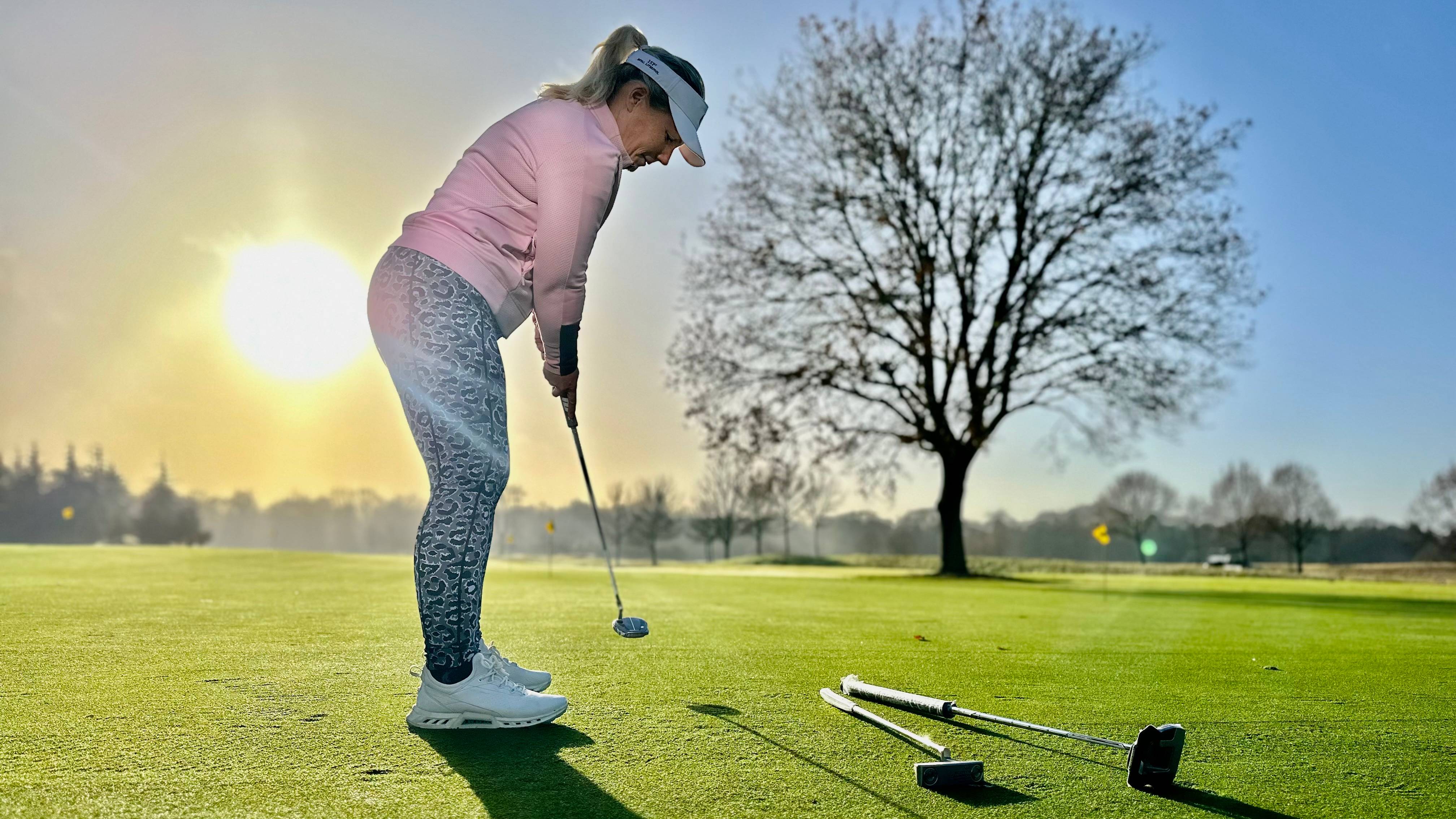

The putter is arguably the most important club in the bag because it’s the one we use the most. Yet despite its importance, very few women actually know how to choose the right putter and even fewer actually get custom fit for this club.
There are a number of factors that are taken into consideration during a putter fitting but the most important, in my opinion, is your ability to aim the putter. Attaching a little laser beam clip to the putter face will instantly identify whether you are aiming accurately or not. The second critical factor is feel. Unless a putter feels and sounds right, it’s unlikely to give you the confidence to hole putts.
If you don’t set up to the ball correctly or use the type of putter that fits you and your stroke, then distance, direction, and confidence can be significantly affected. With so many choices of putter it’s important to consider a few factors that will help you find the perfect one for you. Here are some things to consider.
Putter Length
Standard, shop bought putters are sold in a few set lengths, but the most common are 32”, 33” and 34”. If, like me, you are short in height (under 5’3”) then it’s unlikely that any of the standard putters available will be suitable for you.
In order to determine what length putter you need, you must first get into your putting posture. In the ideal set-up position, you should have your eyes over the ball/target line, allow your arms to hang down naturally, and where the palms meet you should grip the putter.
Interestingly, simply cutting down a long putter and getting it re-gripped isn’t the best solution as it can alter several other elements of the club. It will stiffen the flex of the shaft and lighten the club weight.
With a shaft that is too stiff you can lose feel and with a clubhead that is too light, you may tend to hit your putts as opposed to simply rocking the shoulders and making your stroke. Equally, if you are tall and your putter is too short, your eyes will end up being well outside the target line. Not only will this make green reading tricky, you will end up with a very inconsistent stroke.
Get the Golf Monthly Newsletter
Subscribe to the Golf Monthly newsletter to stay up to date with all the latest tour news, equipment news, reviews, head-to-heads and buyer’s guides from our team of experienced experts.
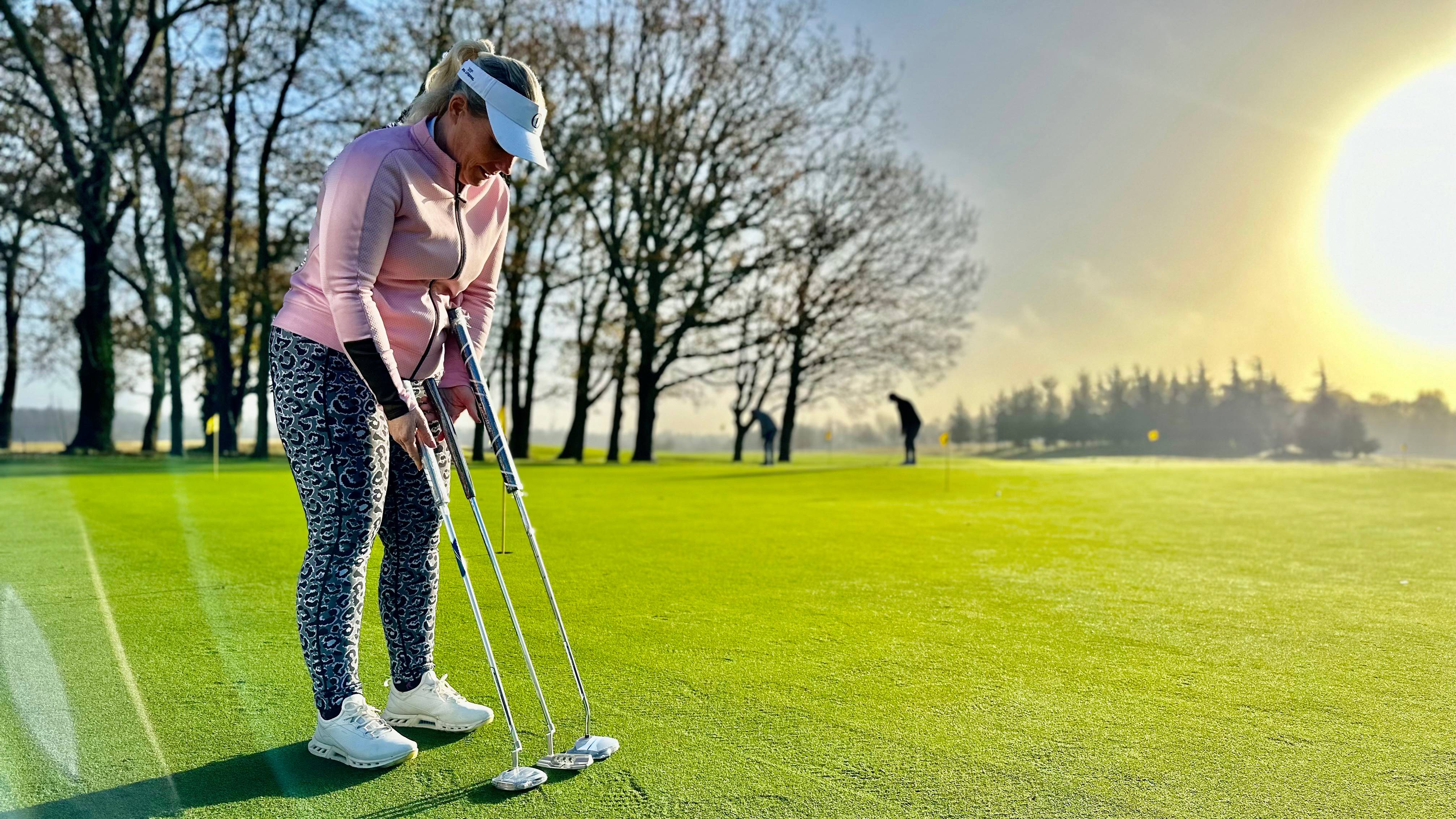
Lie Angle
How the putter sits on the green is really important. The sole should be flat to the grass, so that the putter points squarely at the target. If your putter is too long then you’ll end up standing too far away from the golf ball and the toe of the putter will be raised. This will encourage the putter to arc and put side spin on the ball, sending it off-line.
On the other hand, if your putter is too short you may end up standing too close to the ball with the toe pointing down. Again, this leads to stroke inconsistency. With the right putter you should be able to keep the putter flat to the putting surface as you rock back and through, keeping it very square to the target.
Loft
Although most putters look very straight-faced to the untrained eye, they actually do have some loft, like a wood, iron or a wedge. This loft usually ranges from 3-5 degrees and plays an important part in helping the ball to get rolling smoothly across the green and staying on the intended line to the target. A putter that is moving up as it strikes the ball will generate the best roll.
The amount of loft you need on your putter will depend on the type of greens you play on most. Typically, the grass on the greens in the UK is called bent grass and suits putters with less loft, whereas in hotter climates you’ll find Bermuda grass and will need a putter with more loft on these surfaces.
The loft on your putter can also be affected by your set-up, specifically the ball position. If you play the ball too far forward in your stance you are basically adding loft to the putter. This can cause it to skid along the green after impact, affecting distance control and direction. Combining a putter fitting with a golf lesson to analyse your stroke characteristics is a good idea.
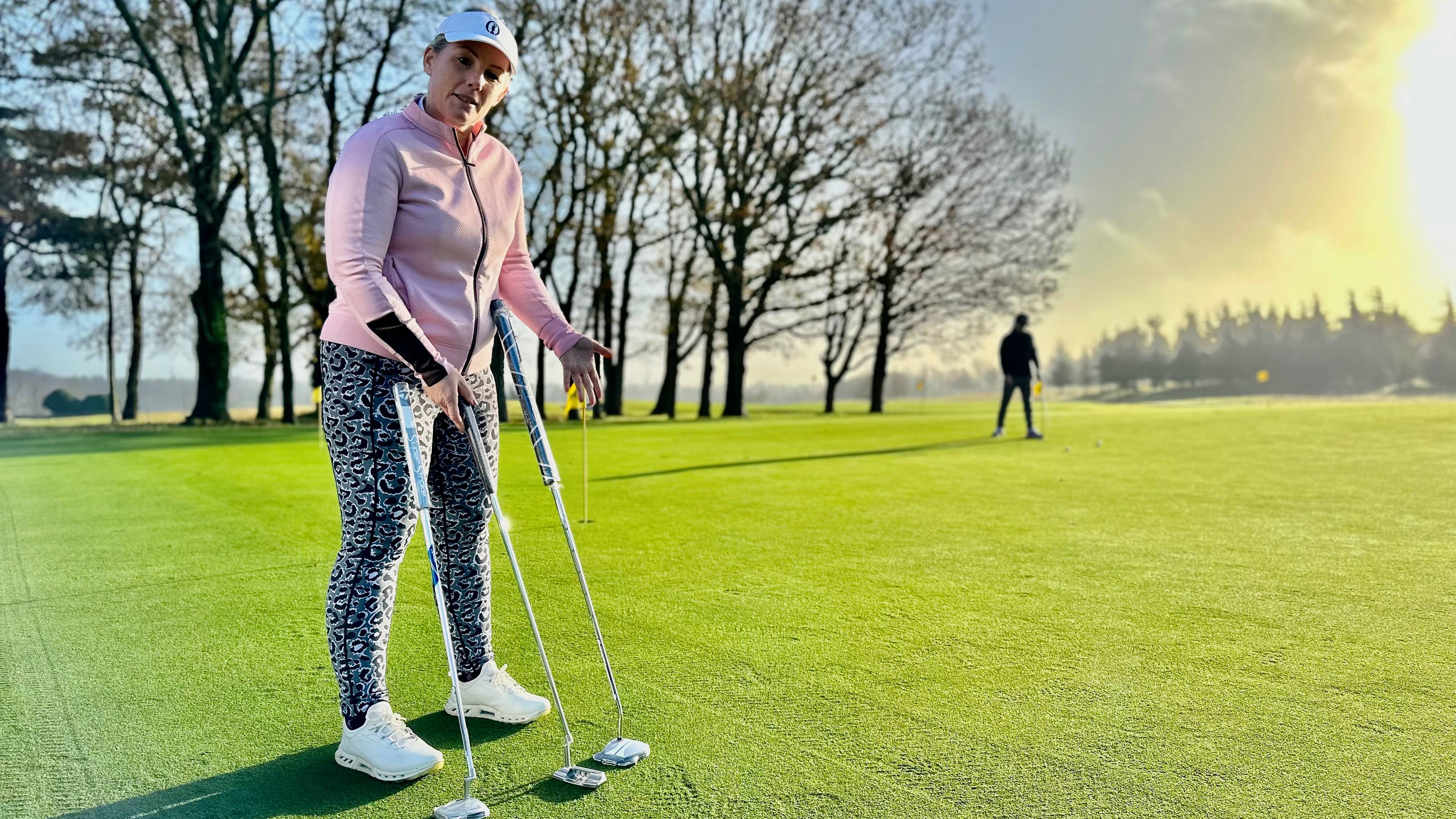
Head Weight
How heavy the putter feels in your hands is very much a personal preference. If you have a slow, rhythmical putting stroke then you might prefer a heavy putter to encourage that pendulum-style rock. If you make a faster tick-tock stroke, you will probably suit a lighter putter.
The standard putter head will be weighted to suit the length of the shaft, so they are lighter for shorter lengths and heavier for longer lengths. Once again, this just highlights the importance of having a putter built for you rather than guessing.
Grip
There are a number of different styles of putter grip, from the traditional flat-fronted straight grip, to modern alternatives like the thicker Super Stroke. I have used a very wide 2-thumb putter grip for years that allows me to position my hands side-by-side on the putter grip, a style that suits my straight-back, straight-through putting stroke.
The grip can have a massive effect on the comfort of holding the putter in your hands and the feel. If you suffer from arthritis then a thicker grip can make it easier to hold the putter and put less strain on your fingers.
Women who prefer to use a pendulum-type stroke can also benefit from using a deeper profile grip, which can reduce wrist action and encourage you to swing more with your arms and shoulders. Women who have a wristy stroke may prefer a smaller grip diameter to encourage the release of the hands during the stroke.
Mallet Or Blade?
There are many shapes and designs of putter head, but they tend to fall into two categories - blade and mallet. The type of stroke you make will typically determine what style of putter will work best for you.
If you swing with an arc on an inside-to-square stroke you will benefit from using a heel shafted putter with more weight in the toe. The opposite is true if your putting stroke is more straight back-straight through. This pendulum-type of stroke will suit a face balanced putter (ones that have the shaft in line with the centre of the clubface).
Don’t know if your putter is face-balanced or has toe-hang? Balance the shaft on your index finger. If the face points towards the sky, it is face-balanced. If the toe points towards the ground, it has toe-hang and is heel shafted.
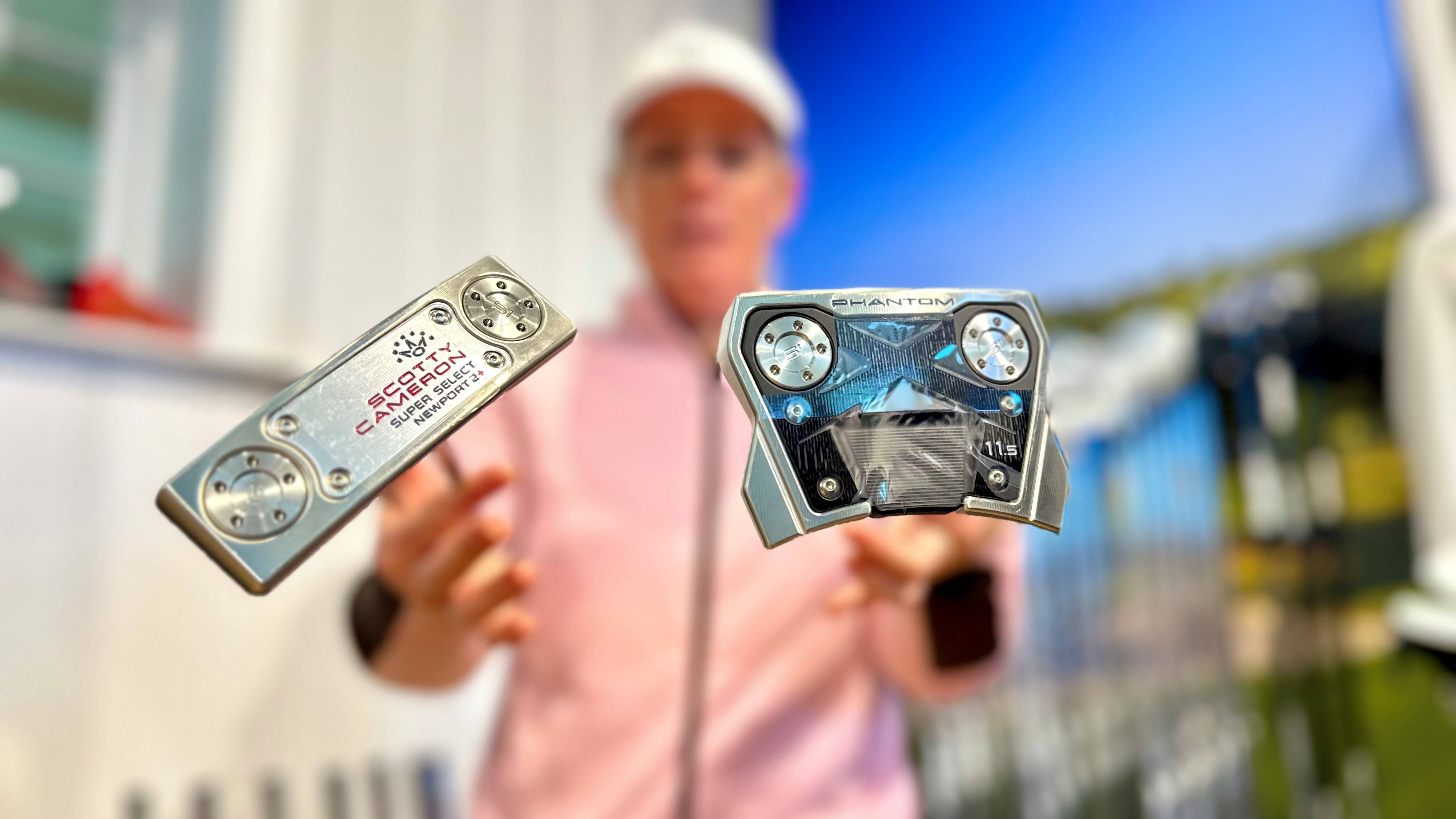
Feel Off The Face
Most putters are made from metal but there are plenty of modern alternative materials. There are typically two types of putter, either a harder milled metal surface, or one with an insert such as polymer, to give a softer feel off the face. The latter also tends to dampen the impact sound, so if you are playing with a hard golf ball in the winter months it is worth considering using a putter with a face insert to improve the feel.
If you prefer a firmer feel off the face and like to hear a crisper impact sound then a metal putter might be your preference. These putters are also great if you play on slower greens as you’ll be able to hit the ball further without having to put unnecessary effort into the stroke.
Resistance To Twisting
You’ve probably heard of the phrase Moment of Inertia (or MOI) talked about in drivers because they are designed for forgiveness, but do you know that the same thing is important in putter designs?
The MOI of a putter is its resistance to twisting when the ball is struck. If your stroke is a little off-line, you might strike the putt out of the heel or toe off-centre. A clubhead with a higher MOI will twist less, reducing the sideways spin on the ball and the chances of the putt rolling off-line.
Just like game improvement golf clubs, many putters come with heel-toe weighting, resulting in a higher MOI and greater stability at impact.
Why Custom Fitting Is Critical
Putter fitting is usually done at an indoor studio with cameras and lasers. There is a lot to be learned from a simple fitting session using computer technology and tools to help measure the fitting variables.
A custom-fit, coupled with an understanding of the different putters and why they are designed the way they are, can really help you make the best purchasing decision when it comes to picking what I believe to be the most important club in your bag.
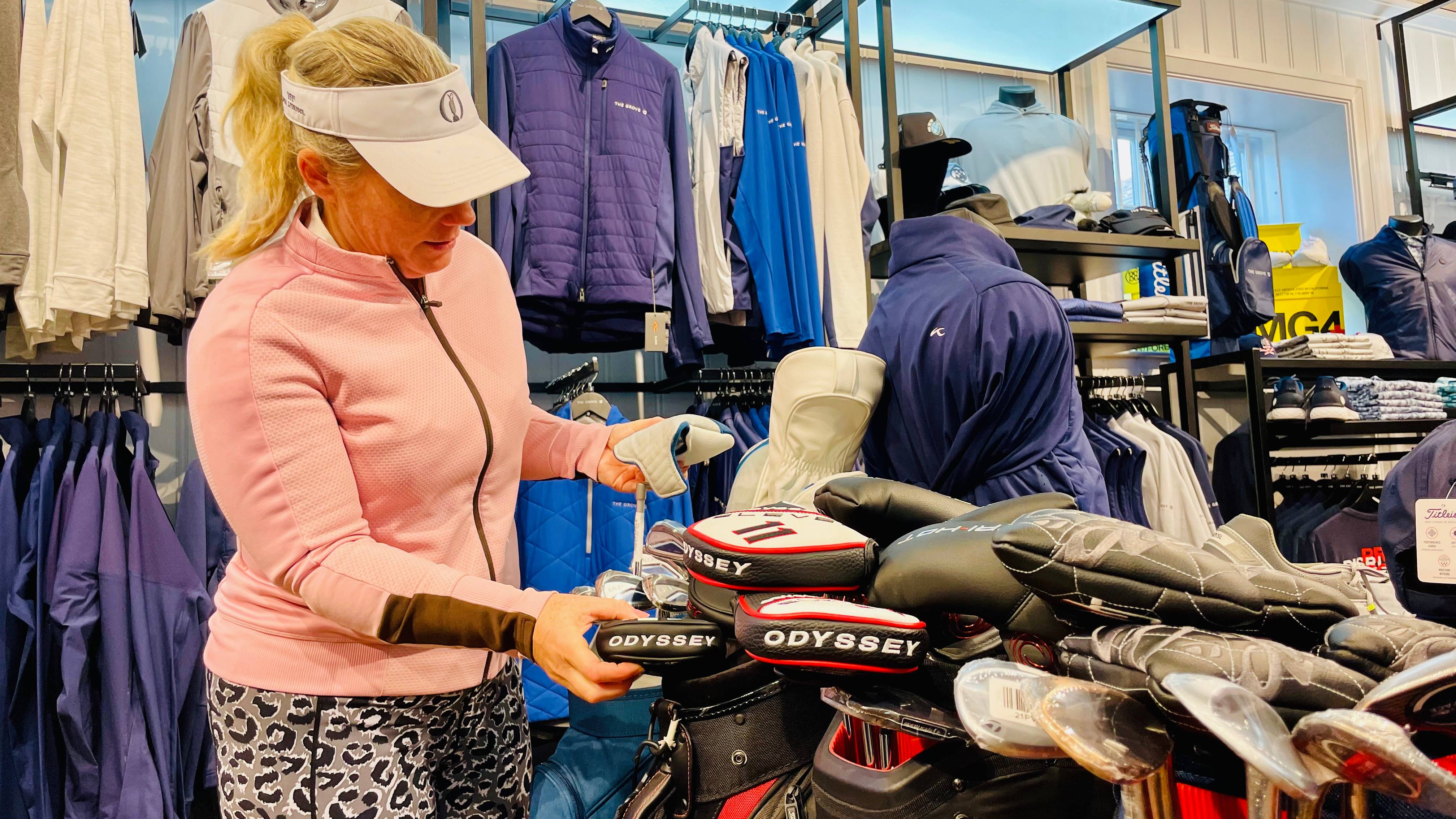

Carly Frost is one of the golf industry’s best-known female writers, having worked for golf magazines for over 20 years. As a consistent three-handicapper who plays competitive club golf at Parkstone and the Isle of Purbeck courses in Dorset every week, Carly is well-versed in what lady golfers love. Her passion for golf and skill at writing combine to give her an unbeatable insight into the ladies game.
Carly’s role at Golf Monthly is to help deliver thorough and accurate ladies equipment reviews, buying advice and comparisons to help you find exactly what you are looking for. So whether it’s the latest driver, set of irons, golf ball, pair of shoes or even an outfit, Carly will help you decide what to buy. Over the years she has been fortunate to play some of the greatest courses in the world, ranking Sea Island, Georgia, USA, among her favourite golf resorts. Carly's aptly-named son Hogan is already hitting the ball as far as mum and will undoubtedly be a name to watch out for in the future. Carly is a keen competitor and her list of golfing achievements are vast. She is a former winner of the South West of England Ladies Intermediate Championship, a three-time winner of the European Media Masters and she once beat an entire start-sheet of men to the title of Times Corporate World Golf Champion. She has played for both the Dorset and Surrey County Ladies first teams and is known for her excellent track record at matchplay.
Carly holds the ladies course record (68) at her home club Parkstone and her lowest competition round (seven-under-par 65) was carded in the pro-am of the Irish Ladies Open at Killeen Castle, playing alongside Solheim Cup superstar Anna Nordqvist. Although her current handicap index has crept up to 3.7 since Covid she has her sights firmly set on achieving that elusive scratch handicap and hopefully playing for her country when she’s 50.
Carly’s current What's In The Bag?
Driver: Callaway Epic Max, 10.5°
Fairway wood: TaylorMade SIM2, 15°
Hybrids: Titleist TS2, 19°, 21°, 24°
Irons: Mizuno JPX900, 5-PW
Wedges: Cleveland RTX, 52°, 56° and 58°
Putter: Scotty Cameron Futura X5
Ball: 2021 Callaway Ladies SuperSoft
-
 Rory McIlroy's Sports Psychologist Explains Why He 'Didn't Talk' To Bryson DeChambeau In Masters Final Round
Rory McIlroy's Sports Psychologist Explains Why He 'Didn't Talk' To Bryson DeChambeau In Masters Final RoundDeChambeau raised eyebrows at Augusta National when claiming that McIlroy wouldn't engage in conversation during the final round of The Masters
By Jonny Leighfield
-
 RBC Heritage 2025 Picks, Odds And Predictions
RBC Heritage 2025 Picks, Odds And PredictionsAfter a thrilling week at The Masters, the PGA Tour returns to Harbour Town Golf Links and the fifth Signature Event of 2025
By Matt Cradock
-
 I’m A PGA Golf Coach - Here's Why I Made Sure My Kids Can Play Golf
I’m A PGA Golf Coach - Here's Why I Made Sure My Kids Can Play GolfFrom life lessons to lifelong friendships, Top 50 Coach Katie Dawkins on what golf can give your children
By Katie Dawkins
-
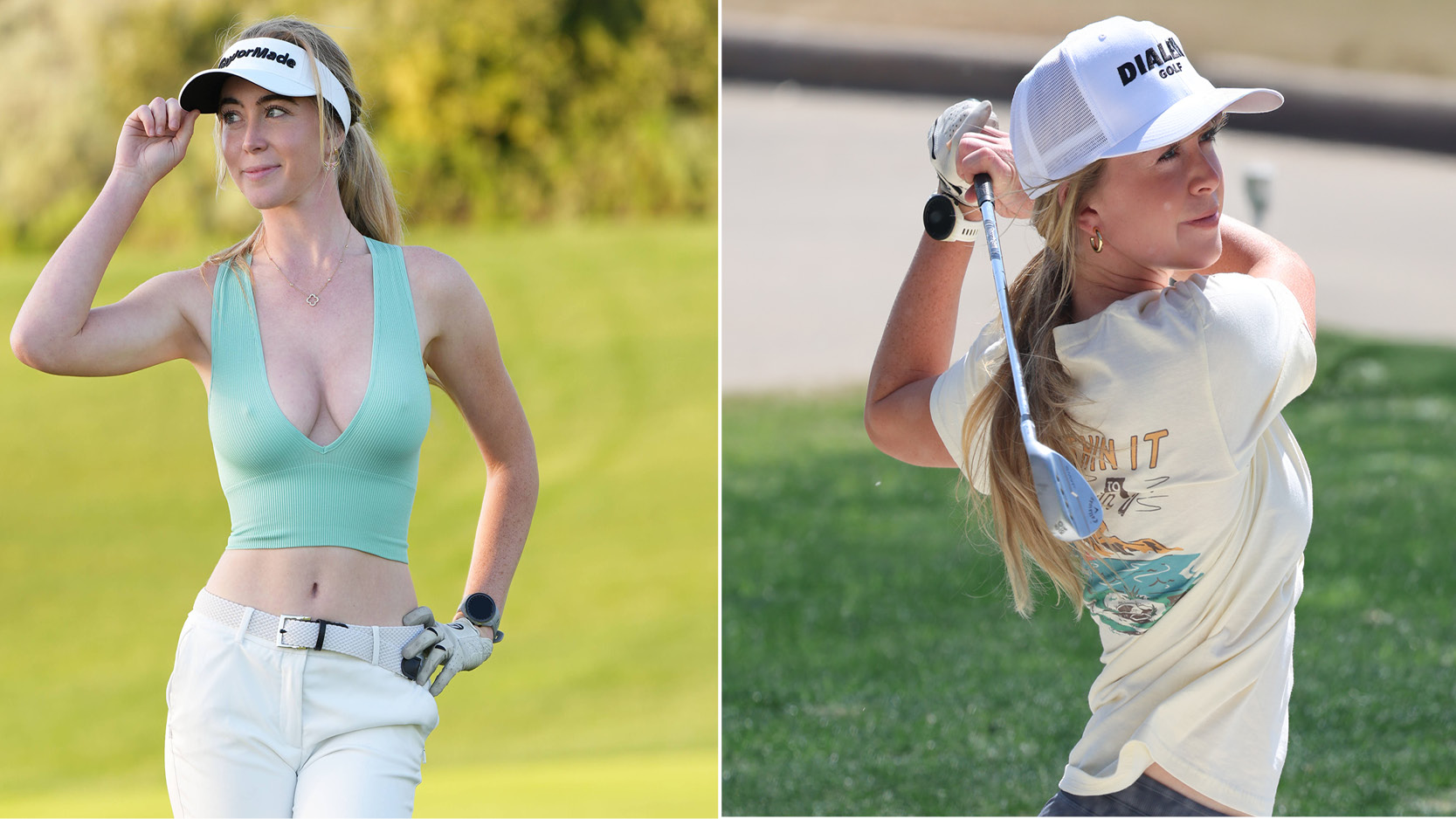 From Body-Baring To Dialed In: Grace Charis Redefines Golf Fashion
From Body-Baring To Dialed In: Grace Charis Redefines Golf FashionInfluential golf content creator Grace Charis launches new apparel brand
By Alison Root
-
 Golf Gave Me Confidence... Then Social Media's Toxic Culture Tried To Take It Away
Golf Gave Me Confidence... Then Social Media's Toxic Culture Tried To Take It AwayA young content creator's journey to own her golf game and her voice
By Katie Clarke
-
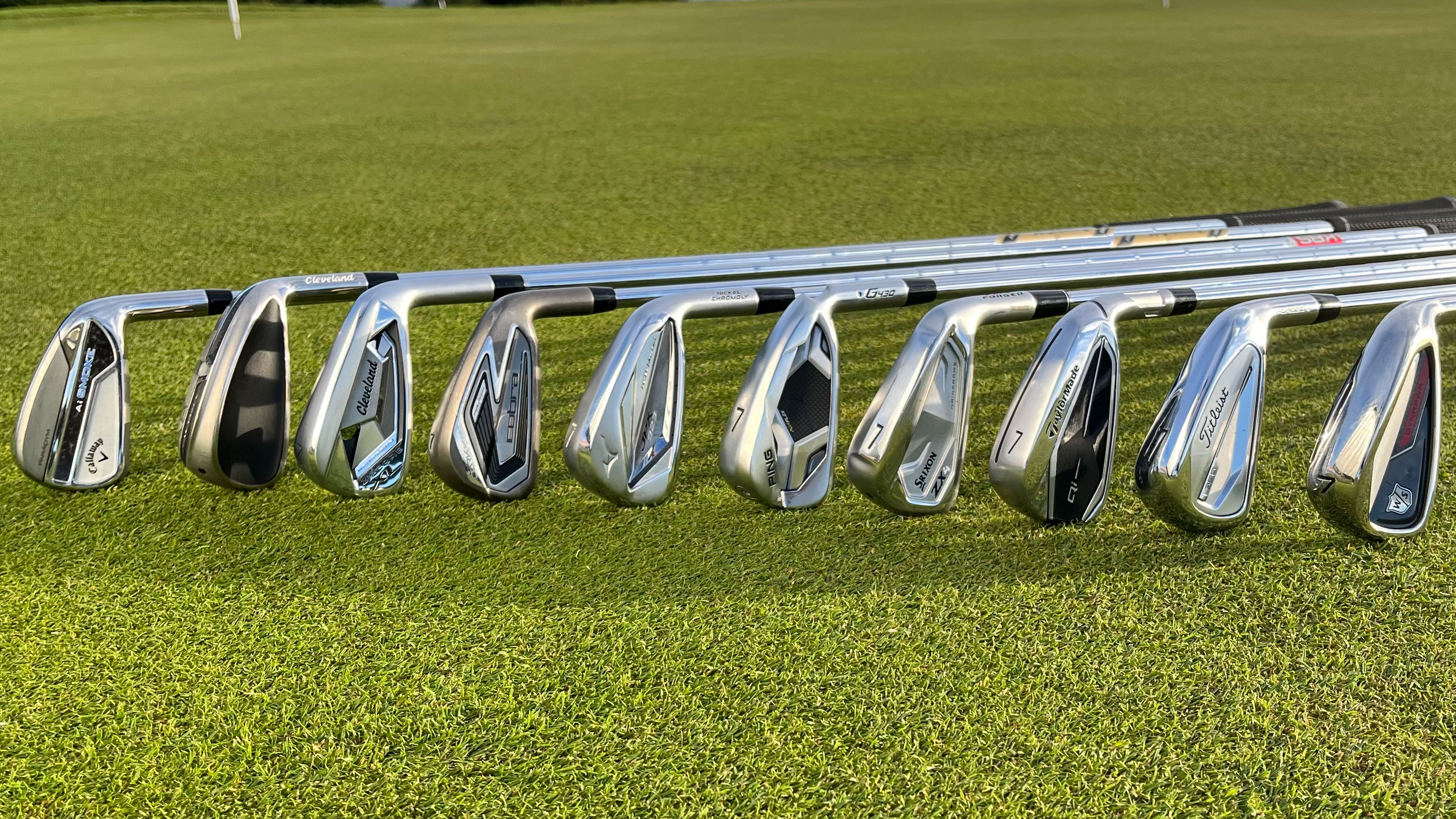 Do You Need Stronger-Lofted Irons? The Arguments For And Against
Do You Need Stronger-Lofted Irons? The Arguments For And AgainstAre you looking for greater distance? We look at the pros and cons of playing irons with stronger lofts
By Michael Weston
-
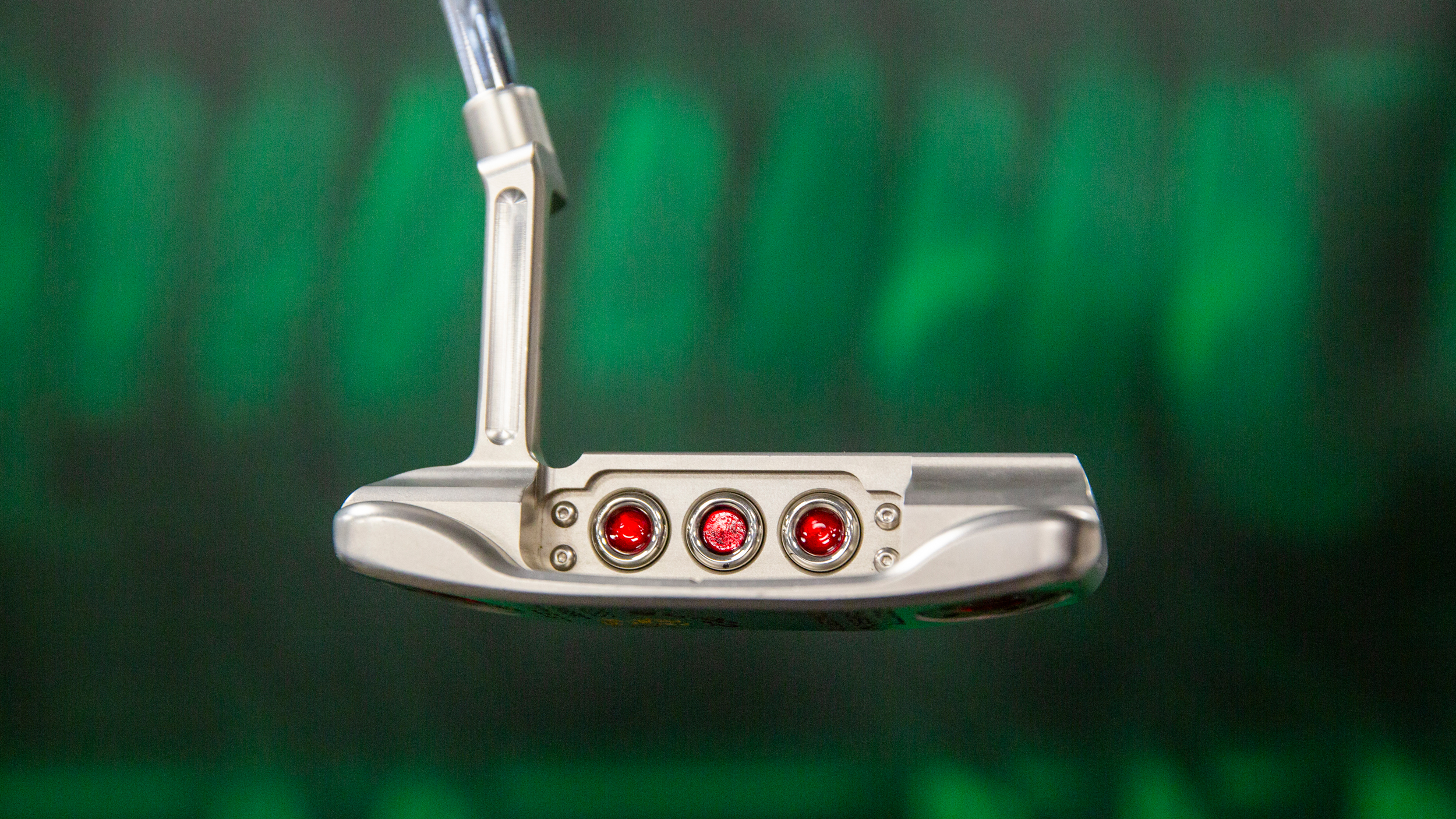 What Is My Putter Worth?
What Is My Putter Worth?Is now the time to part with your flatstick? You might be wondering how much it's worth, but there are many factors to consider that will affect its value...
By Michael Weston
-
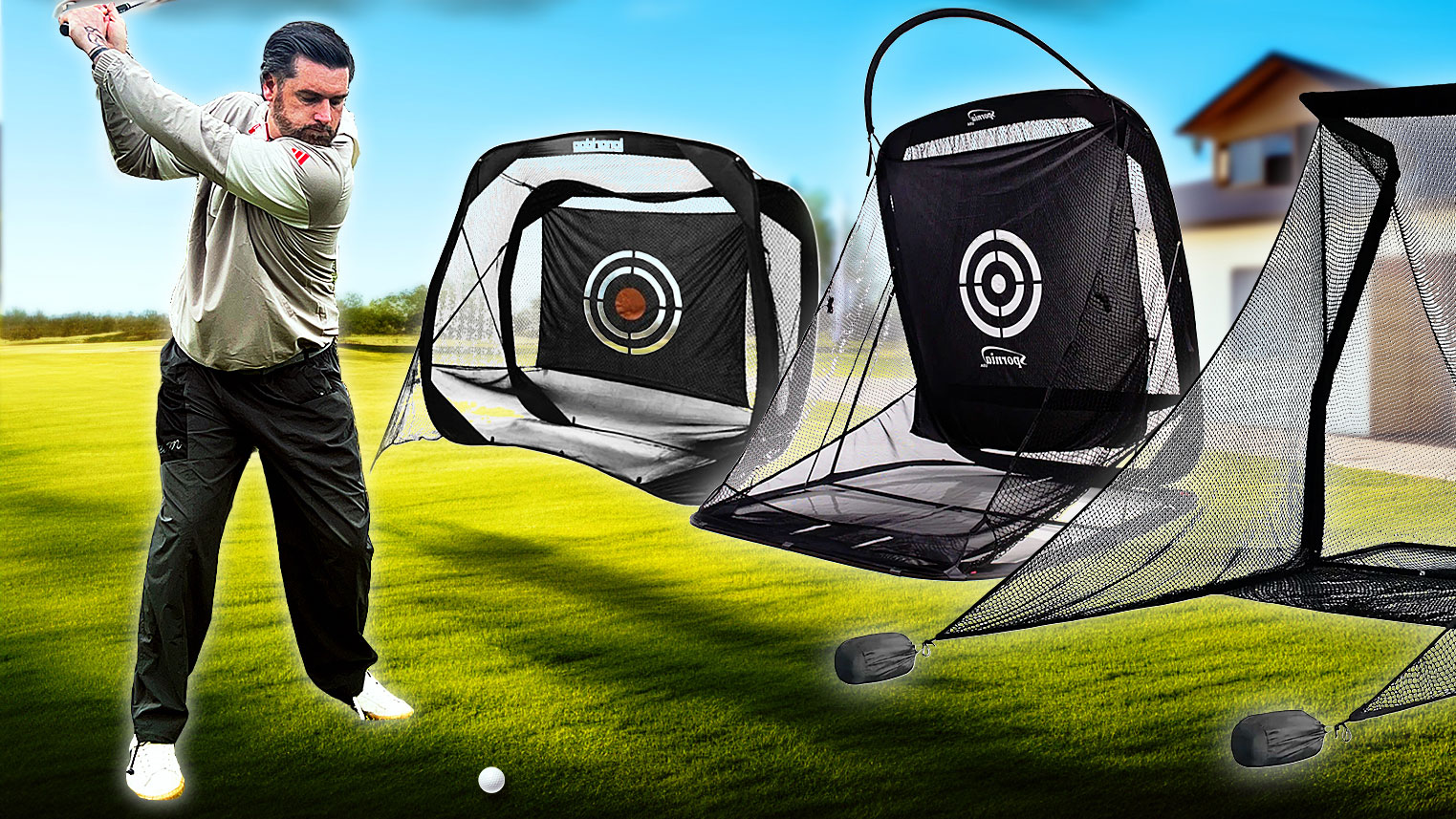 I Tested 5 New Golf Practice Nets And One Really Stood Out
I Tested 5 New Golf Practice Nets And One Really Stood OutJoe Ferguson has been looking at some home practice solutions to see which one might best suit your needs and budget
By Joe Ferguson
-
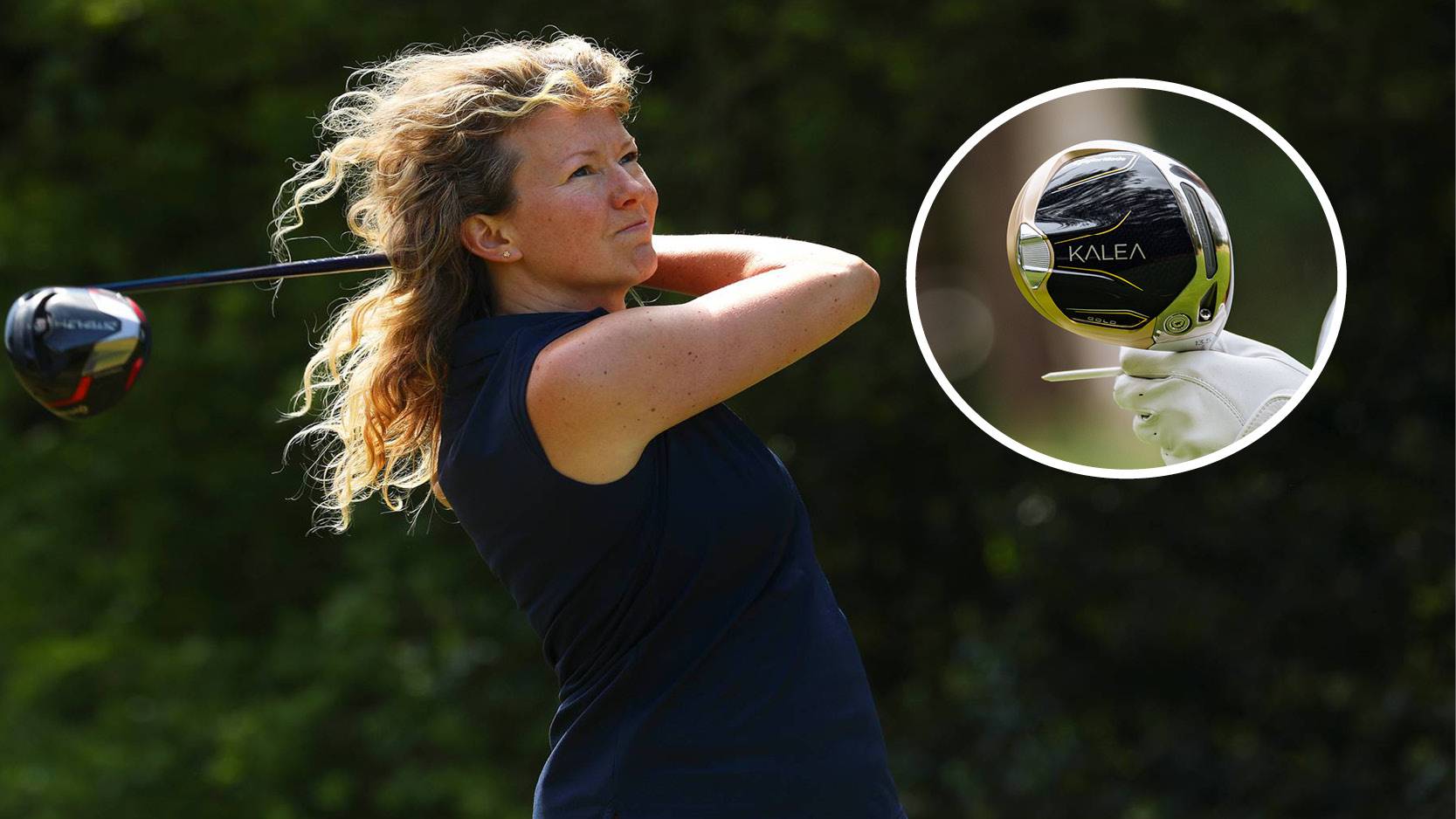 How Far Does The Average Female Club Golfer Hit Their Driver?
How Far Does The Average Female Club Golfer Hit Their Driver?We've looked at the data... Find out if you are hitting your driver an average distance
By Alison Root
-
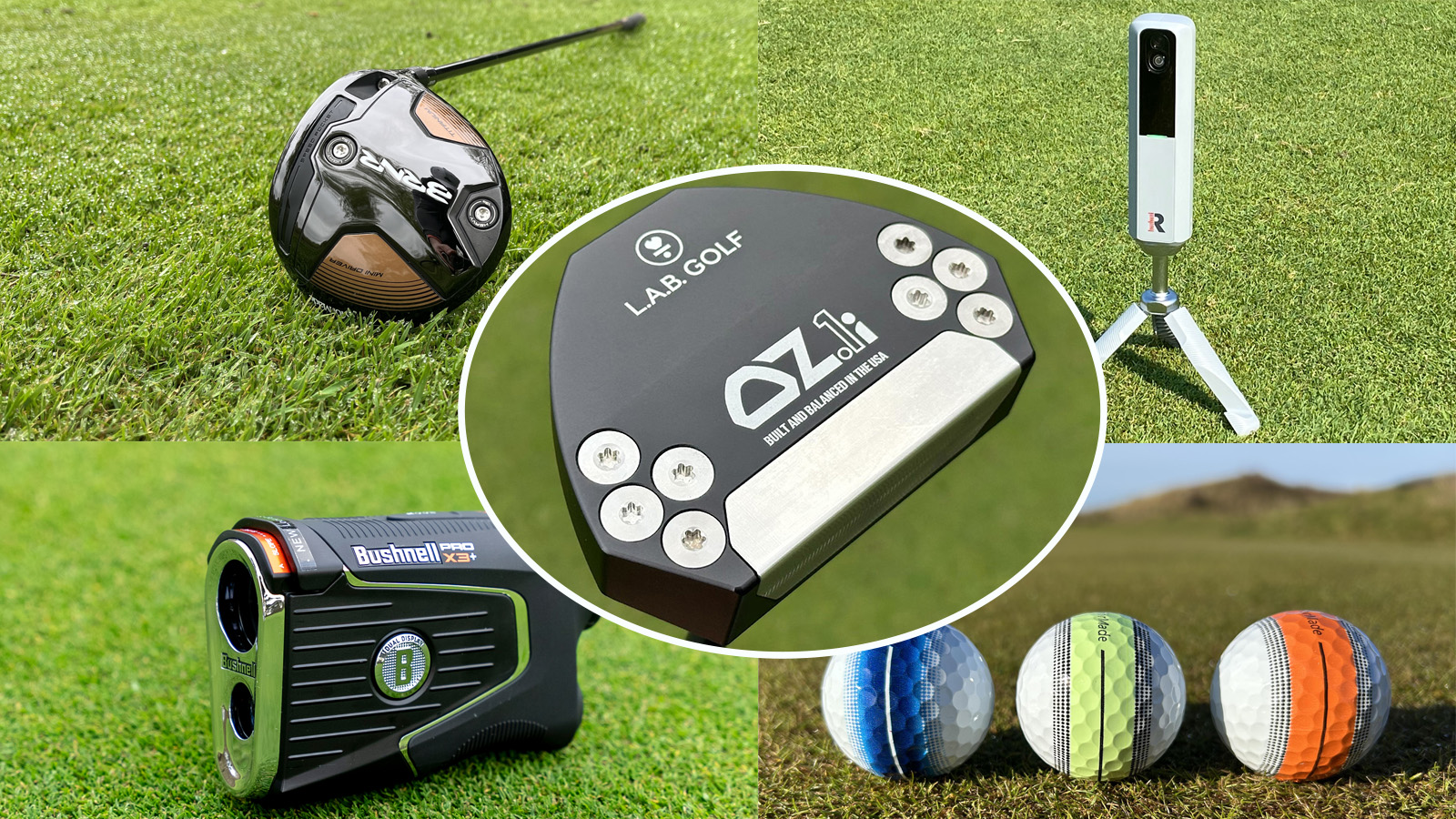 The 7 Biggest Golf Gear Trends In 2025
The 7 Biggest Golf Gear Trends In 2025Take a look at the most popular golf equipment trends of 2025 and why your game may benefit from them
By Sam De'Ath